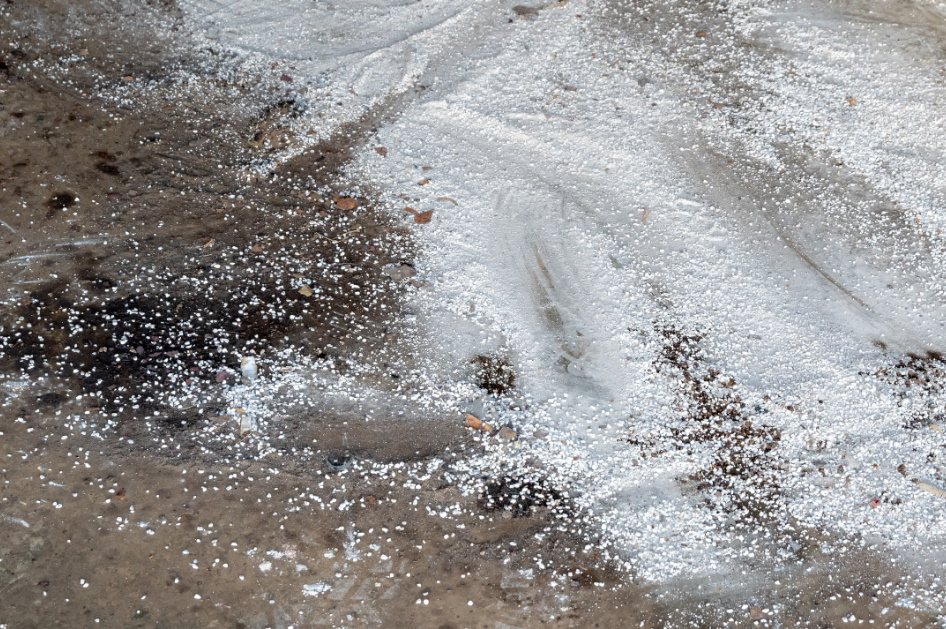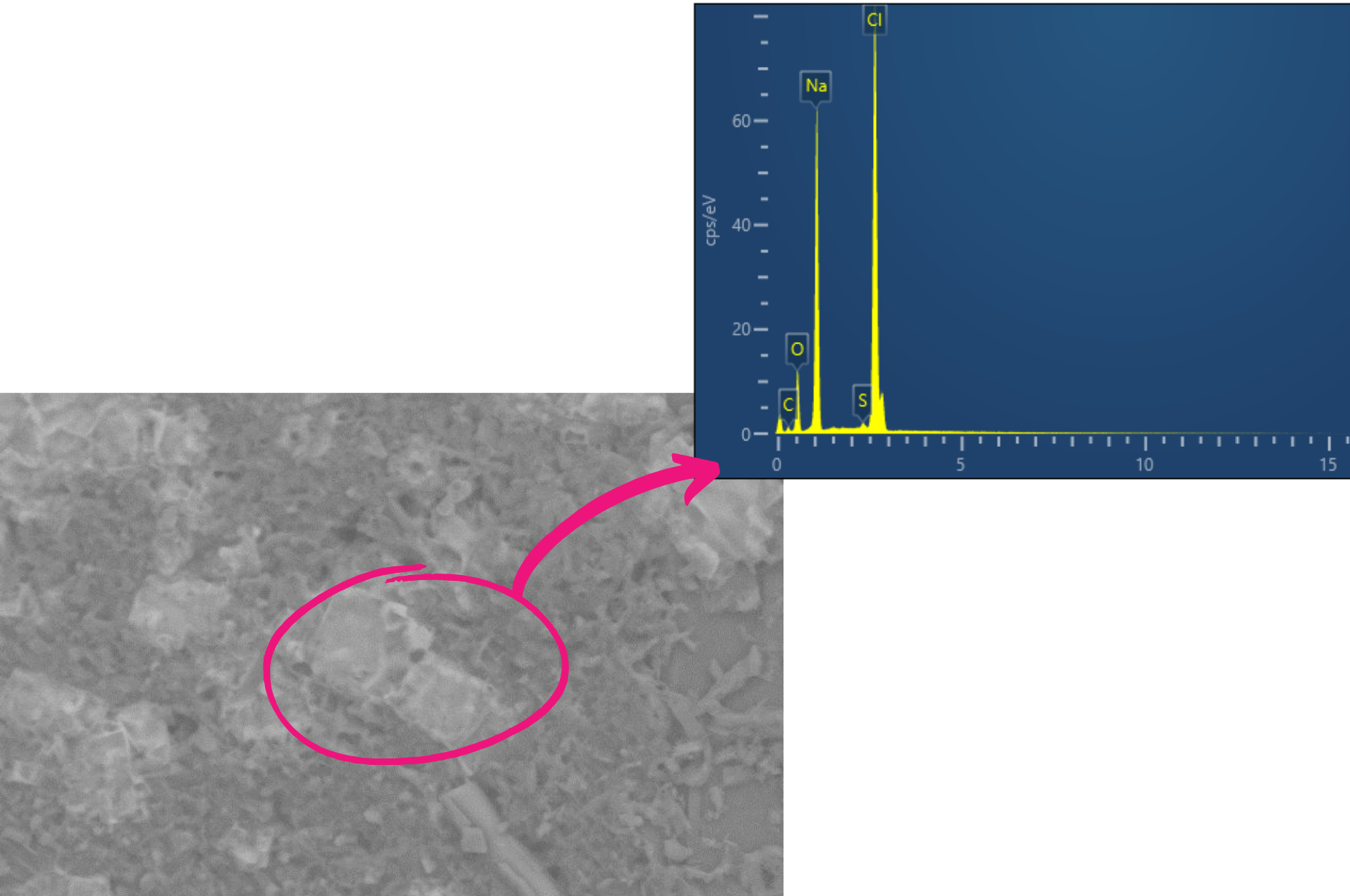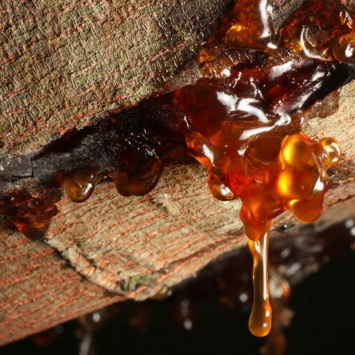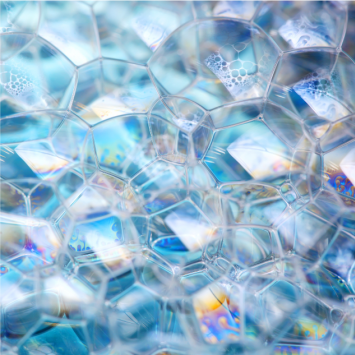The analysis of the deposit found in the factory led to unexpected results: Indeed its residue was not made up of Limestone but of Sodium and Chlorine, respectively 29% and 33%. The presence of these elements probably comes from an NaCl matrix.
As you can see in the figure opposite, the SEM/EDX analysis also revealed the presence of Sulphur, Carbon and Oxygen, which could come from an organic matrix.
A complementary analysis by Py/GCMS would allow us to determine the exact nature of this organic matrix.
Thanks to this expertise by SEM/EDX and proposal to continue the study with the help of an analysis by Py/GCMS, our client can now reflect on the reason for the occurrence of this residue composed mainly of NaCl.

 EN
EN
 FR
FR




